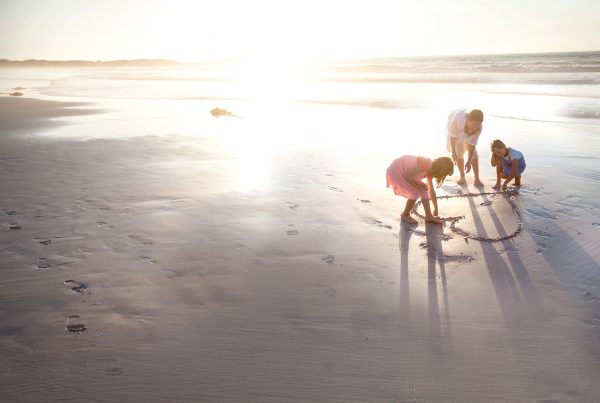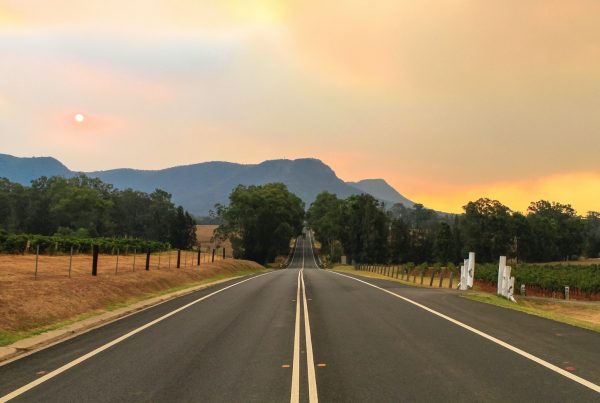There are adventure zones, there are Instagram worthy locales and then there are those that are just plain old good for your soul. These are the places that are more than a traveller’s bucket list tick and beyond what is tangible… they are the sacred regions of our planet. Discover the landmark special connections Australians have with our South American friends.
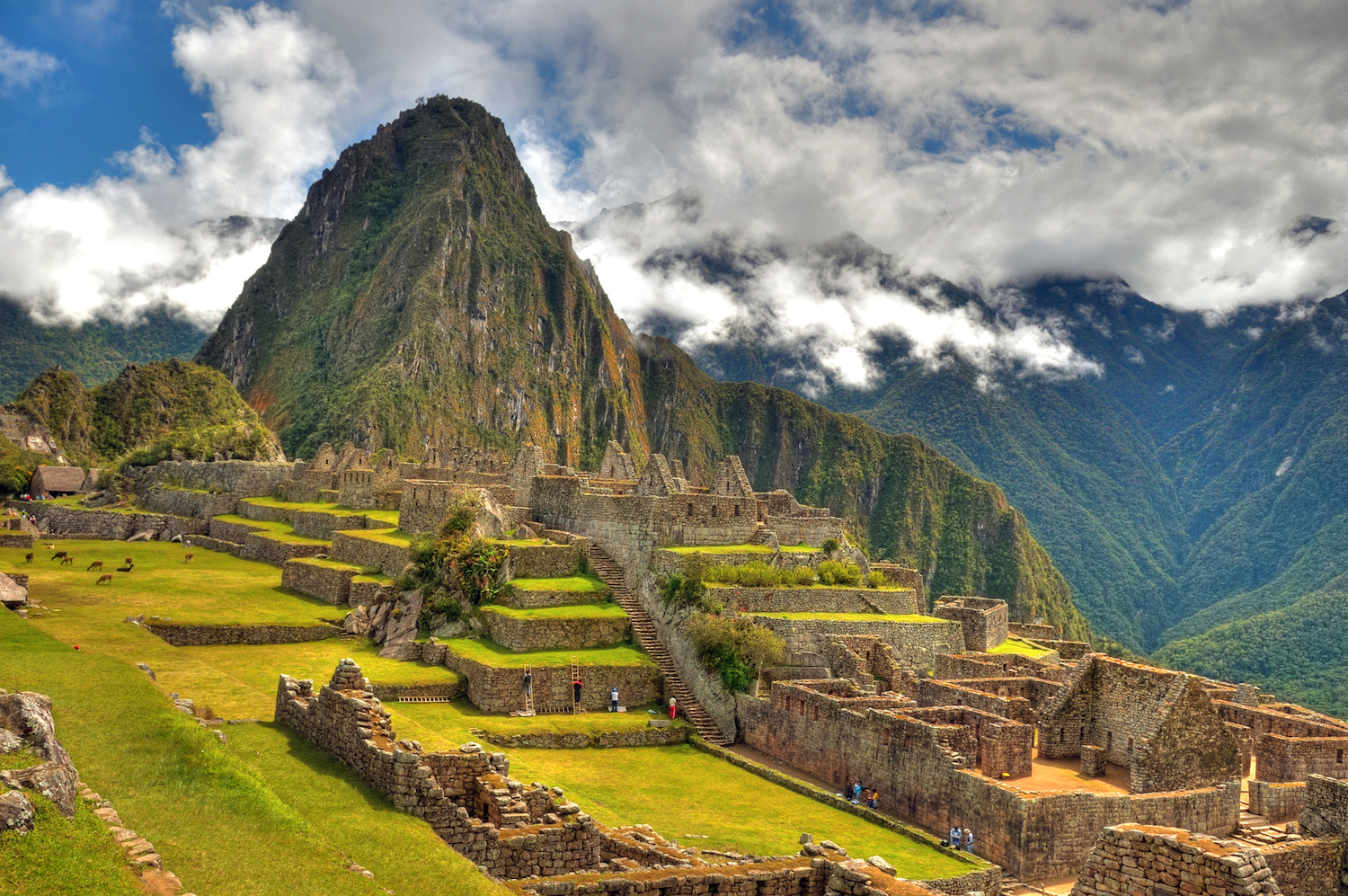
The bigger the better
From Uluru in Australia to the Machu Picchu in Peru, these are sites visiting which makes spiritually alive and connected to the past and one with the greater forces of nature.
You’d consider yourself fortunate or even blessed if you could visit both Uluru and the Machu Picchu among other such sacred sites. The good news is if you live in Australia you can consider it easily done with LATAM Airlines easy direct flights to Santiago, and connections everywhere on the continent. So what’s stopping you taking flight from the land of Uluru to the magic of Machu Picchu?
What are the sacred sites?
By definition, sacred sites are places within the landscape that have a special meaning or significance to the natives of the land.
They derive this status from their association with distinct features of social, cultural and spiritual traditions of the natives. A scared site features an identifiable natural feature often encompasses the surrounding environment and goes beyond the tangible.
Fly direct to South America with LATAM Airlines
Sacred sites have many ties to the native’s ancestors and carry unique stories, rituals and practices. They are considered culturally essential by the natives of the land and deserving of respect by everyone.
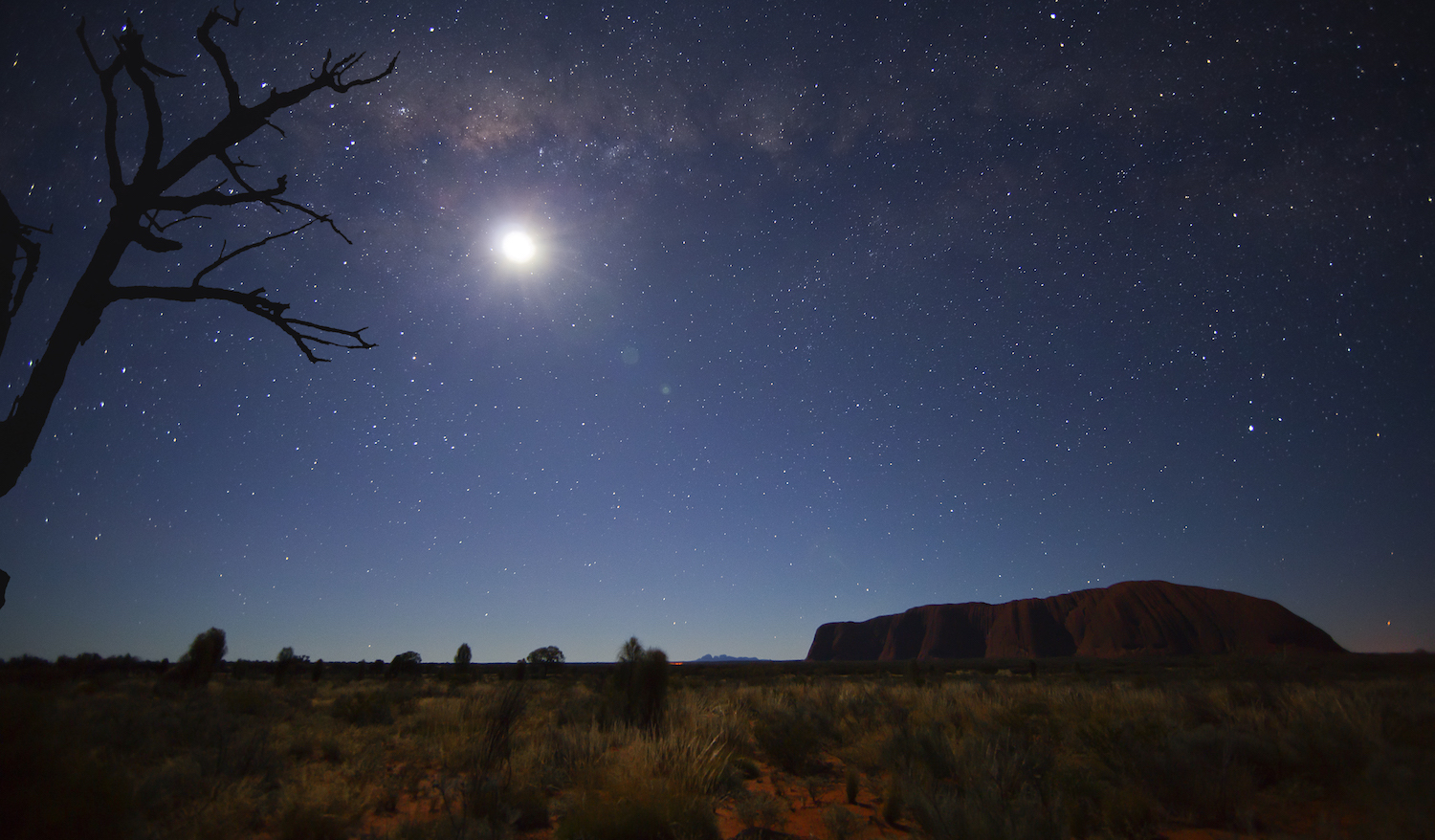
Uluru, Australia’s iconic landmark
The breathtaking sight of the Red Centre is quite a drawcard for any traveller visiting Australia and Uluru is one of this country’s most iconic landmarks. It is also an important part of Australia’s cultural history.
Uluru is a living cultural landscape and is considered sacred to the Yankunytjatjara and Pitjantjatjara people, the traditional owners and guardians of the Uluru-Kata Tjuta National Park. This special place carries great spiritual and cultural significance with more than 40 sacred Aboriginal sites present in the area.
Uluru-Kata Tjuta National Park is internationally recognised as a World Heritage Area. It is one of the few properties in the world to be dual-listed by the United Nations Educational Scientific and Cultural Organisation (UNESCO) for outstanding natural and cultural values.
Check out this stunning timelapse of Uluru-Kata Tjuta National Park
Uluru and Kata Tjuta are said to provide physical evidence of ancient events of the traditional owners and have been used for traditional ceremonies and rites of passage for over 10,000 years.
While at Uluru and Kata Tjuta, you can learn more about the traditional owners and their past, as well as the strong ties the natural formations have to the culture of the region. The on-site Cultural Centre assists in learning the unique narratives of the region, while the local Aboriginal tour guides narrate visitors the significance and relevance of the place from a personal perspective.
Be a responsible traveller and respect the scared site. Here is a quick visitor guide to help.
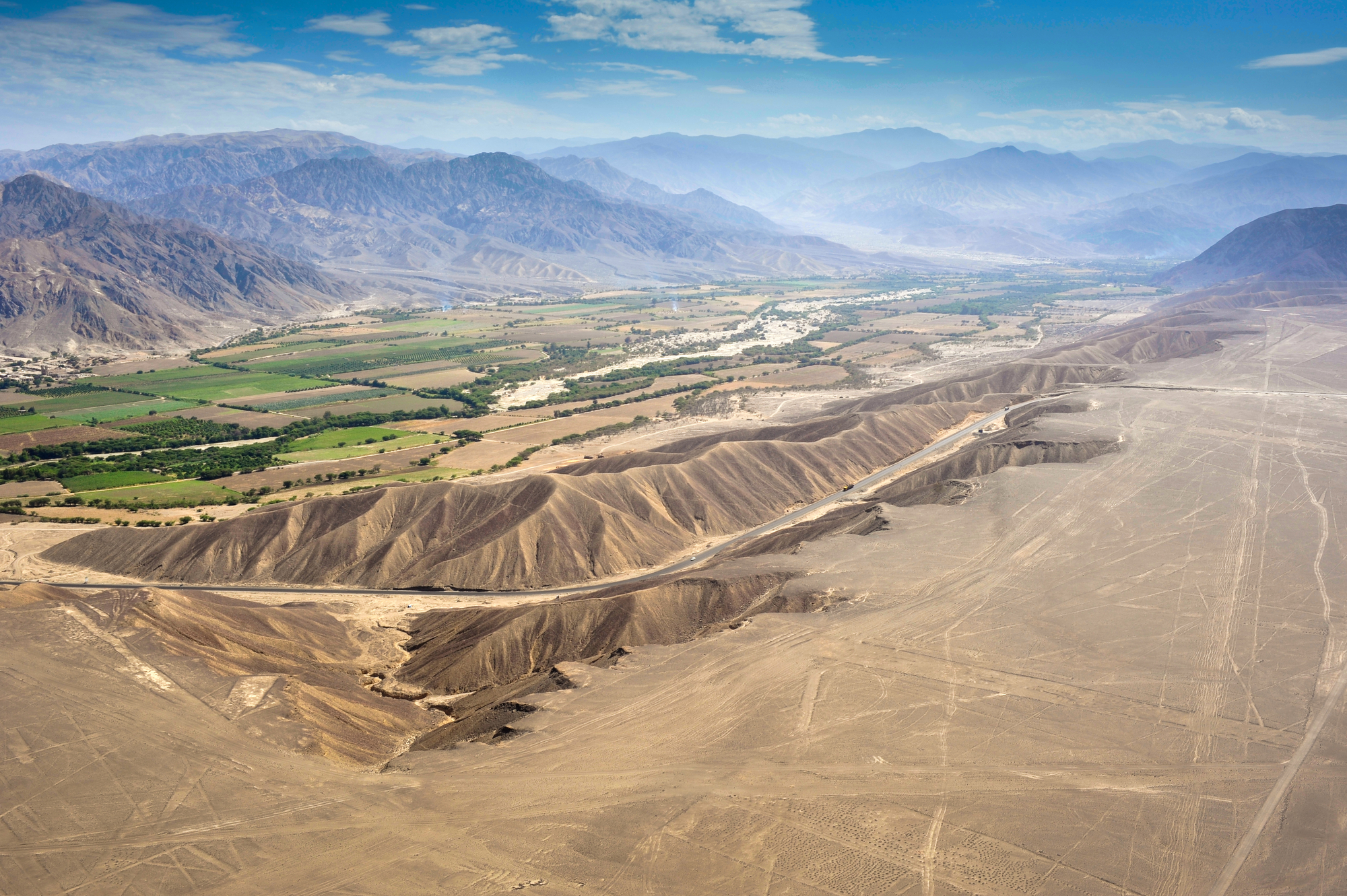
From Uluru to Machu Picchu
South America is rich in culture and steeped in historical sites like nowhere else in the world. With several destinations deemed UNESCO World Heritage Sites, you will be battling temptation to choose just one.
Peru itself boasts 11 UNESCO sites in South America, including the historic sanctuary of Machu Picchu, the Nazca Lines (pictured above), and the historic centre of Lima.
One of the most breathtaking sights on the UNESCO World Heritage list is the historic sanctuary of Machu Picchu, featured on top of every travel list in 2018 and regarded as one of the wonders of the world today.
A city built by Incas
Demonstrating their supremacy and talent, this city in the sky was built by the Incas. At 2430 meters above sea level and hidden well in the dense cloud forest of central Peru, Machu Picchu went unnoticed to all until the early 20th century.
Today, with the convenience of daily flights in and out of Cusco and from Australia to Peru with LATAM Airlines, it is a feat achieved easily.
Apart from being the famed heritage site and the most visited tourist destination in Peru, Machu Picchu is also an important and sacred place to the entire Tahuantinsuyo Empire.
It is believed to have been built as a sanctuary to perform the rituals and ceremonies related to their gods and their principal festivities making it a sacred site deserving respect.
The Sacred Valley near the Machu Picchu is also home to the most prominent Intihuatana stone. Intihuatana is a ritual stone in South America associated with the astronomic clock or calendar of the Inca. Its name is derived from the Quechua language of the Incas.
Remember that many sites in and around Machu Picchu and in the rest of South America are deemed sacred spaces by the natives and must be respected.
Read Yvonne Verstandig’s epic journey along the ancient Inca trail to Machu Picchu
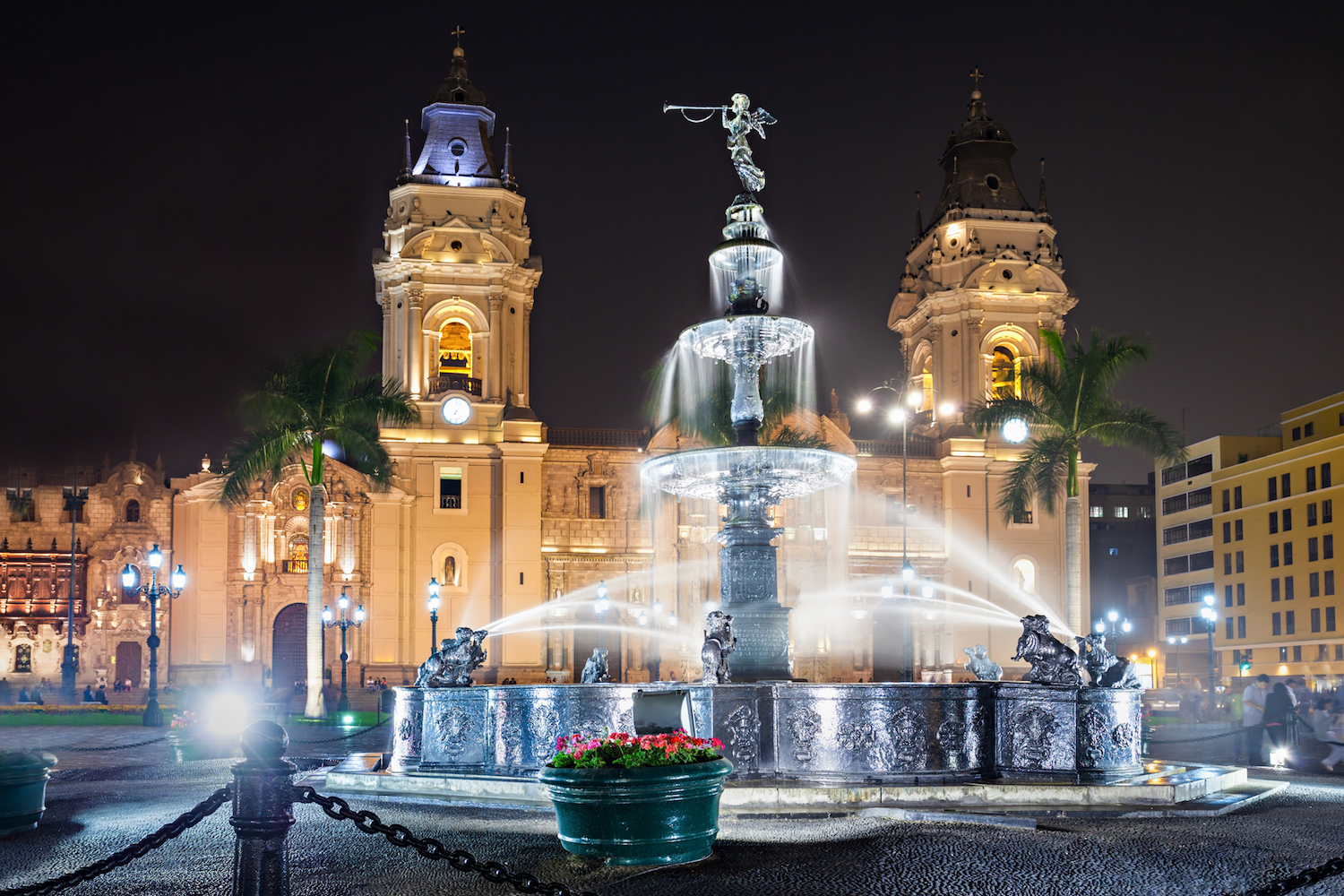
Other notable heritage sites in Peru
While Machu Picchu is considered the most popular, there are a few more UN heritage sites that should be on anyone’s hitlist when visiting Peru.
The Nazca Lines etched onto the desert floor in southwest Peru is another World Heritage site. These giant geoglyphs cover 450 square kilometres of the desert floor. They are best experienced from the air. While researchers are yet to arrive on a definite purpose and meaning of the Nazca Lines, they continue to draw much admiration and awe from the visitors.
You cannot complete your Peru adventure without visiting another Peruvian treasure, the historic centre of Lima. The UNESCO and the Peruvian government have preserved the colonial architecture of Lima’s historic centre. Lima was the Spanish conquistador Pizarro’s capital, and its historic centre bears a strong resemblance to Spanish cities.
Executive Edge Travel is a globally renowned leader for booking luxury travel experiences/properties.
To book contact your Executive Edge Travel Designer on 03 9519 7777 or email leisure@executiveedge.com.au





